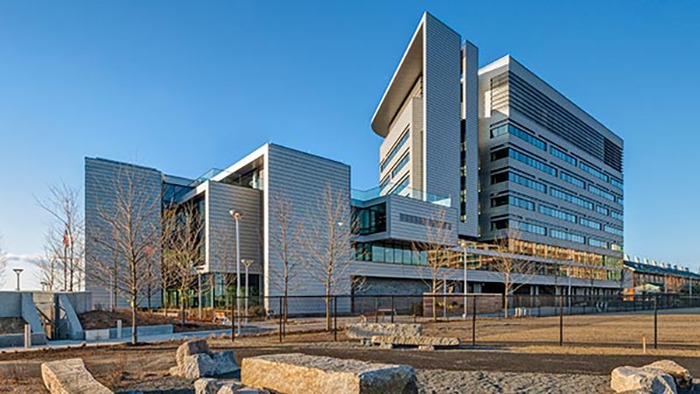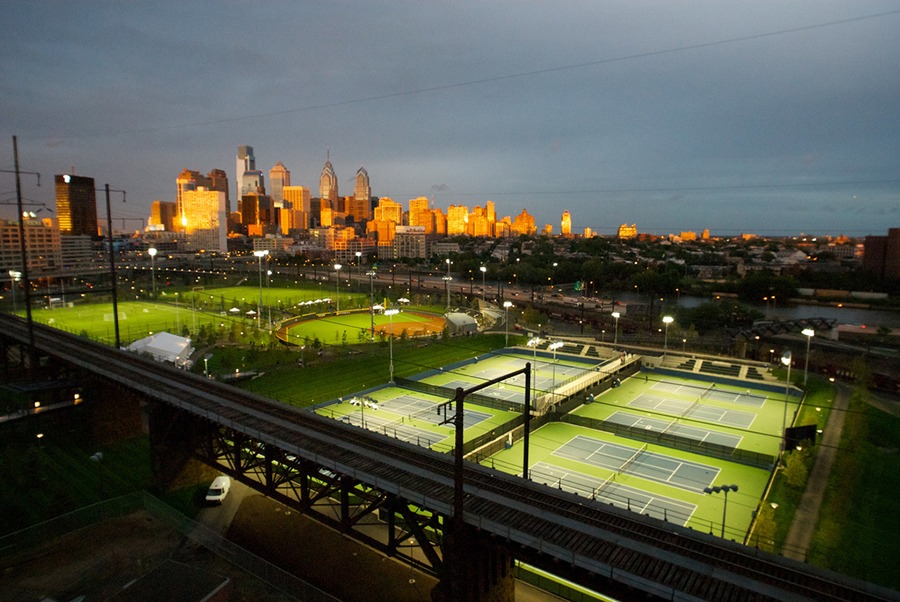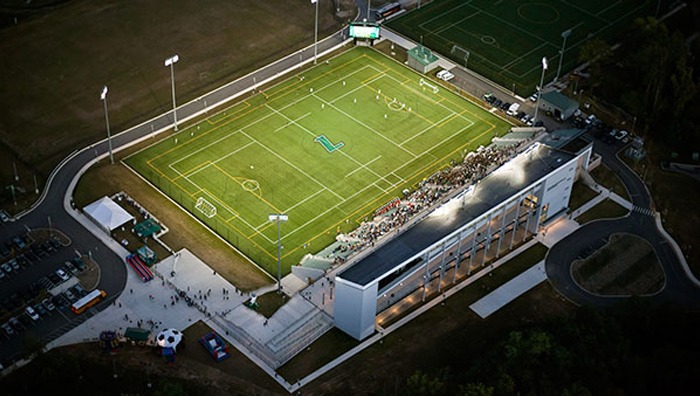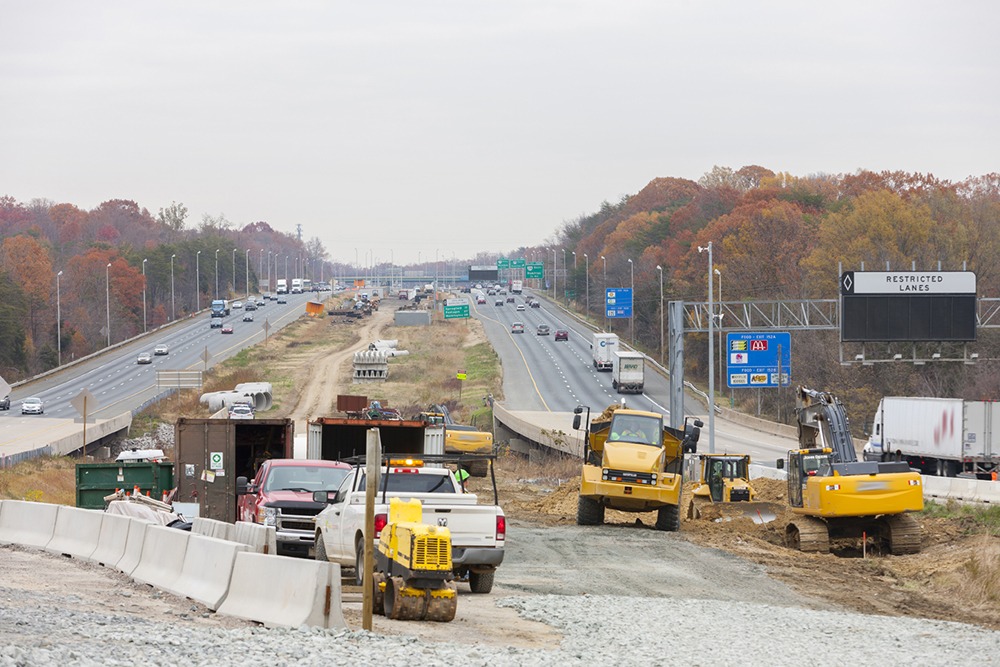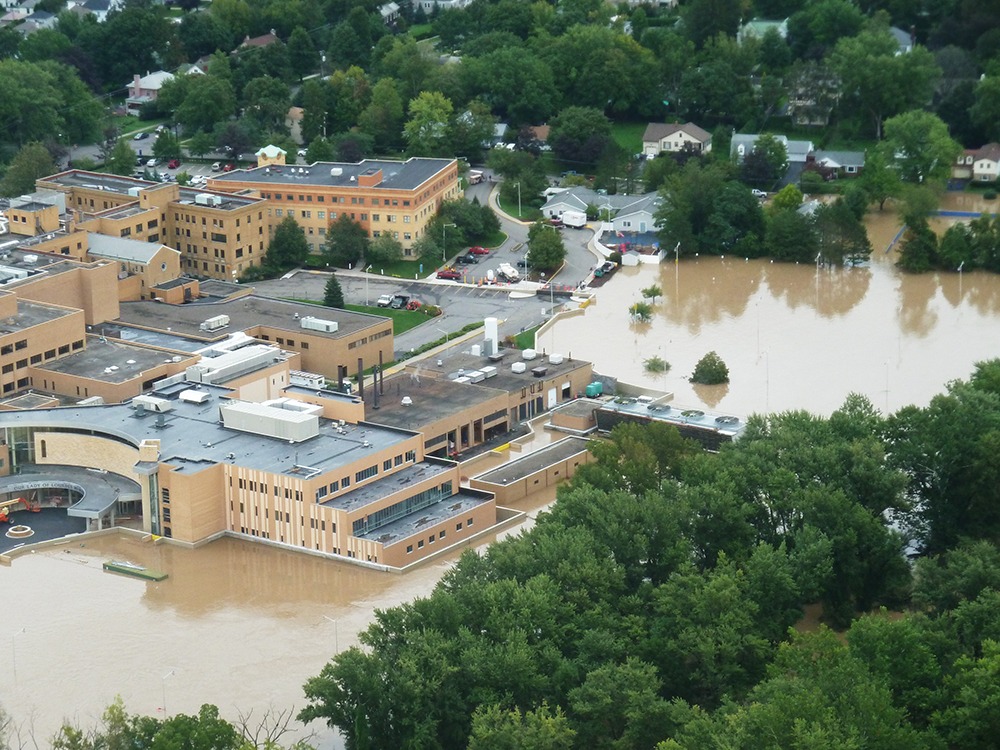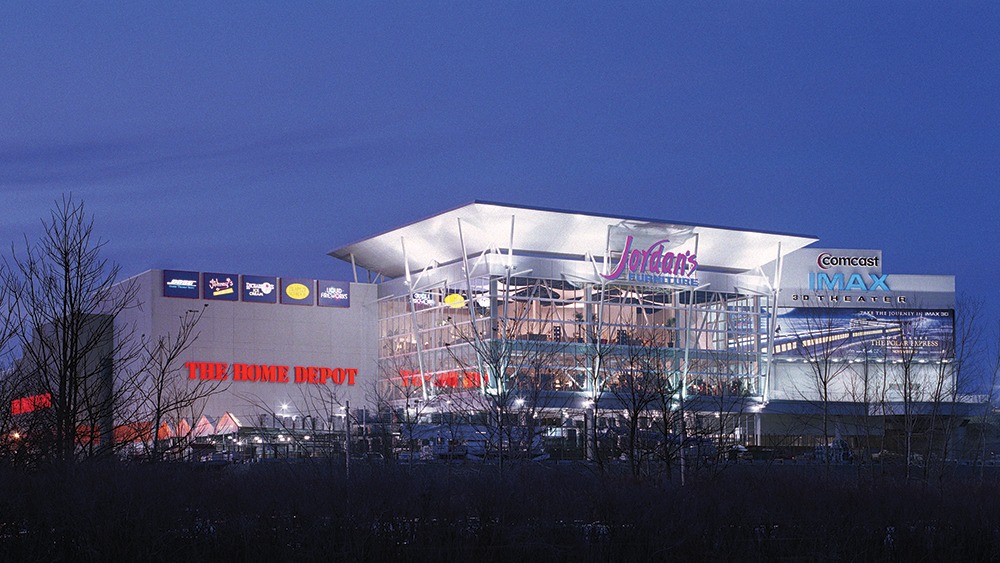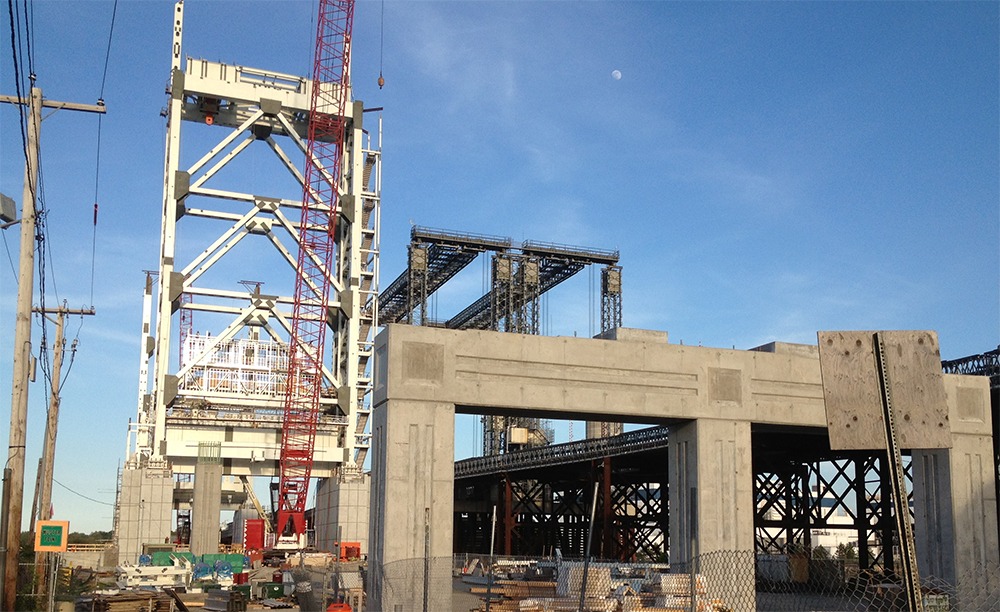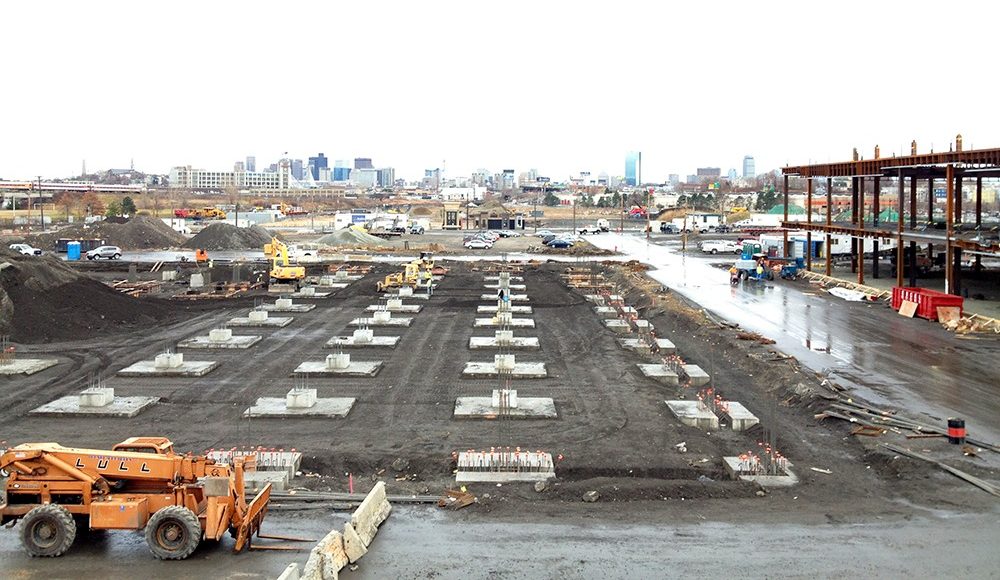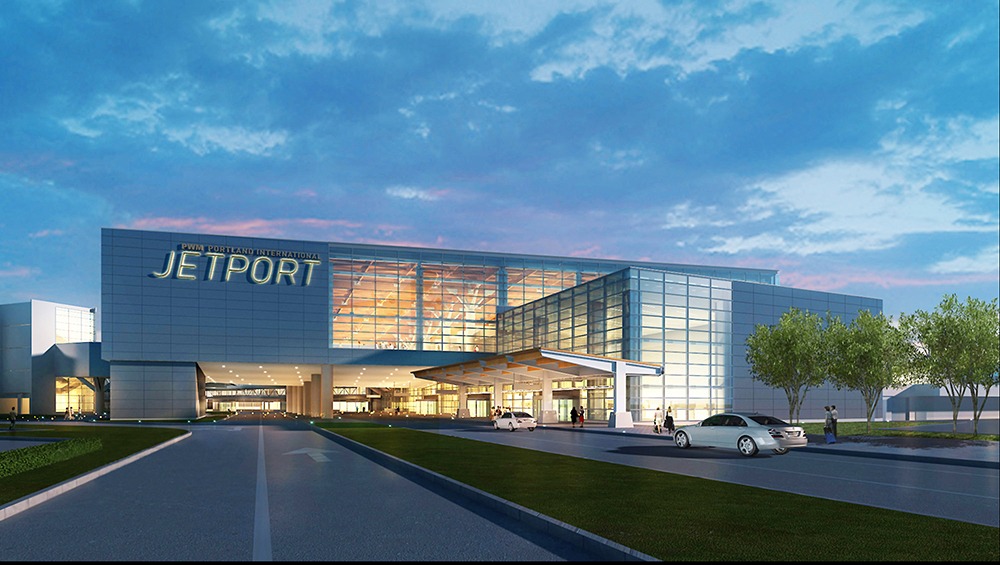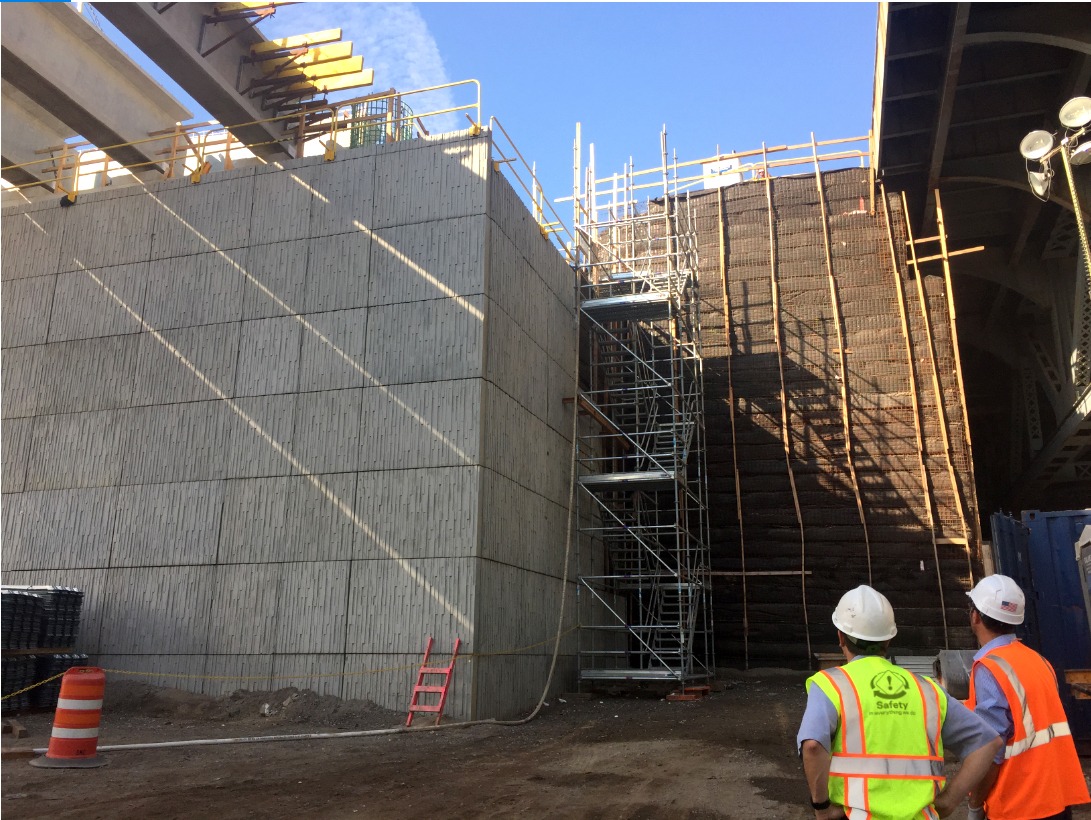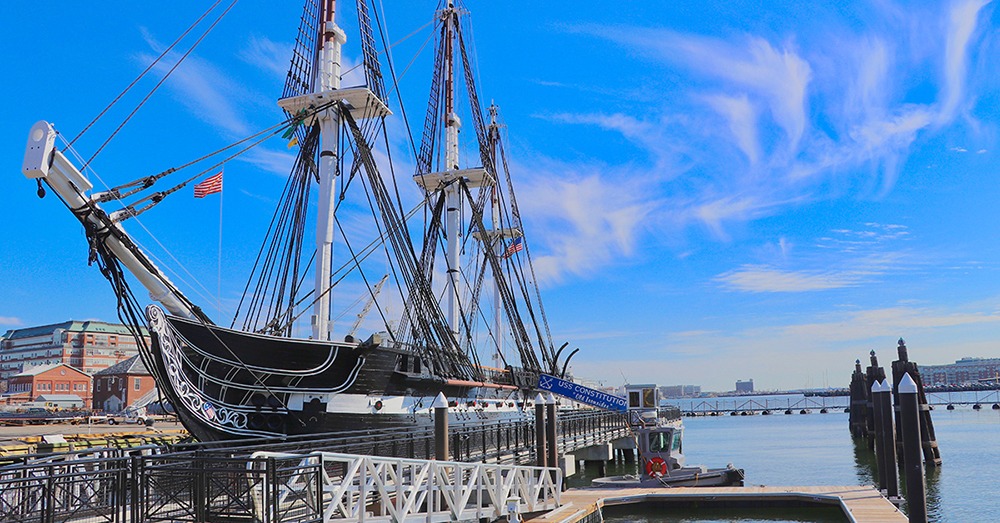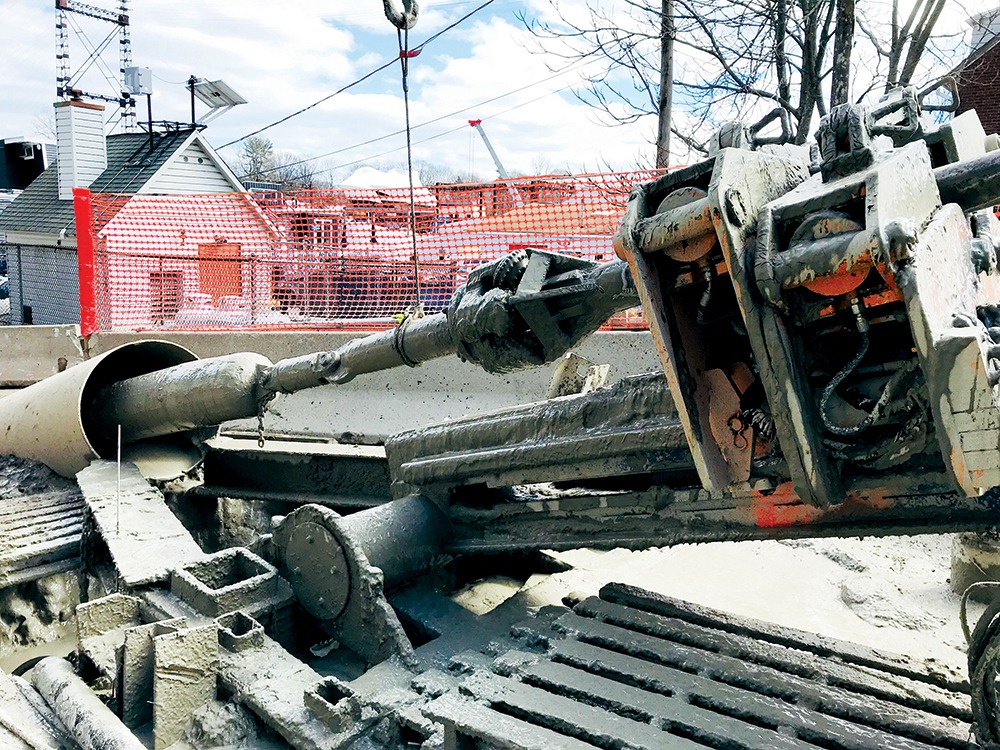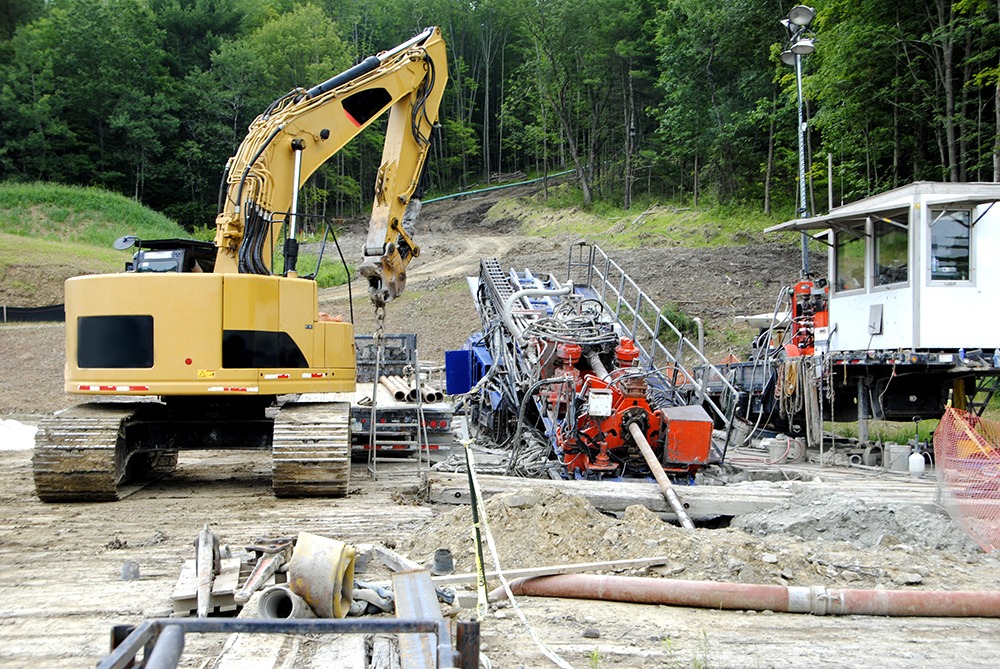
Oil and gas transmission
Our risk-based pipeline development approach helps client keep customer commitments and protect environment
Summary
- Haley & Aldrich’s geotechnical team helped an oil and gas company construct a 17-mile interstate pipeline lateral to meet the needs of one of its largest local customers. The planned route crossed a river, a highway, rail lines, and other pipelines. Up to a mile of the segment would require underground installation to avoid damaging infrastructure and environmental and cultural resources.
- Drawing on deep experience in the region and with the relevant permits and regulatory approvals, as well as previous horizontal directional drilling (HDD) pipeline segments, we evaluated risk to determine the best method and location for the project.
- Our client put its pipeline in service by the promised date thanks to our efficient, risk-minimizing completion of the complex horizontal directional drilling project.
Client challenge
Our client had to construct a 17-mile interstate pipeline lateral between a compressor station in New York and an extension in Pennsylvania to meet one of its largest local customer’s natural gas transportation and storage needs. The client knew the planned route had to cross a geologically complex river. And it would have to traverse a four-lane divided highway, rail lines, and other pipelines and protect environmental and cultural resources. To prevent damage to the existing infrastructure and important resources, the client also knew up to a mile of the segment would require underground installation.
The company selected Haley & Aldrich to determine the best method and location for the crossing because of our history of bolstering our client’s projects so they could honor their customer commitments and our work on two other horizontal directional drilling (HDD) pipeline segments.
Our approach
Haley & Aldrich was managing the overall pipeline development program, which gave us a head start on understanding the valley — its people, its towns, and its wildlife — and the required permits and regulatory approvals. After narrowing down route alternatives, we created a risk evaluation matrix with information about each option’s geology, topography, cultural and environmental resources, existing land use, feasibility, entry and exit points, and design requirements. We met with our client’s project team and stakeholders to review the options and weigh their risks. With our input, the client chose not the cheapest option nor the shortest, but the one with the lowest risk — the one that would protect the river valley, preserve the client’s reputation, and keep the company out of the news.
While designing the HDD crossing, we took borings to characterize the site’s geology and found that drilling the pipeline through the soil overlaying the bedrock introduced unacceptable risks. Fluid loss during drilling could have caused an inadvertent return. The contractor could have hit impassable obstructions or reduced the borehole’s stability. With the client’s approval, we adjusted our HDD design and installed the pipeline in the bedrock.
Value delivered
- Ensured our client could put its pipeline in service by the date promised to its customer by completing the HDD segment on time and on budget
- Saved our client time and money during the planning phase by completing desktop reviews and field reconnaissance of the five crossing sites rather than taking borings at each site
- Saved time on the schedule by working closely with our client to review alternatives, risks, and concepts ahead of route selection, during design, and ahead of final construction drawings
For more information, contact:

Senior Project Manager

